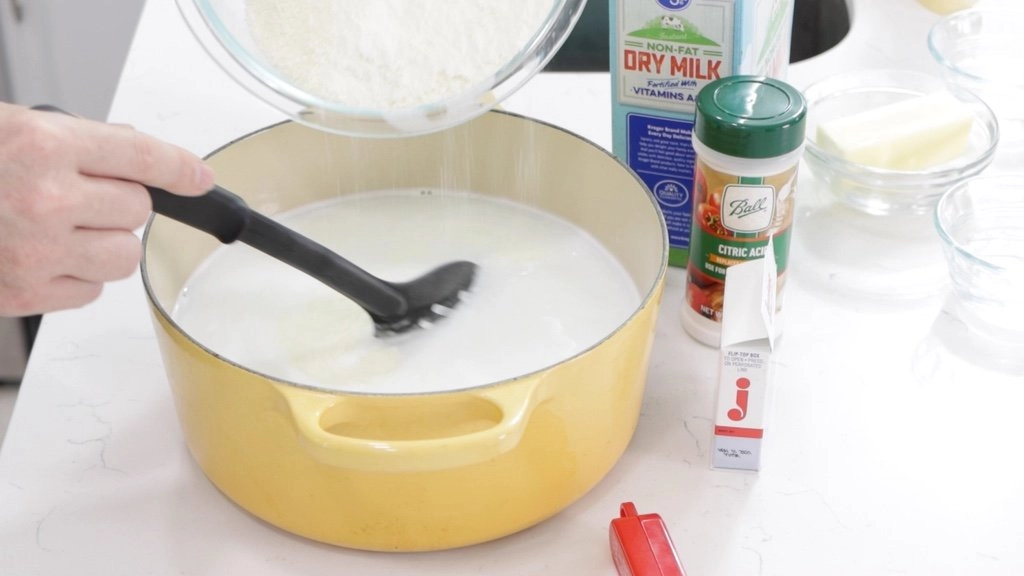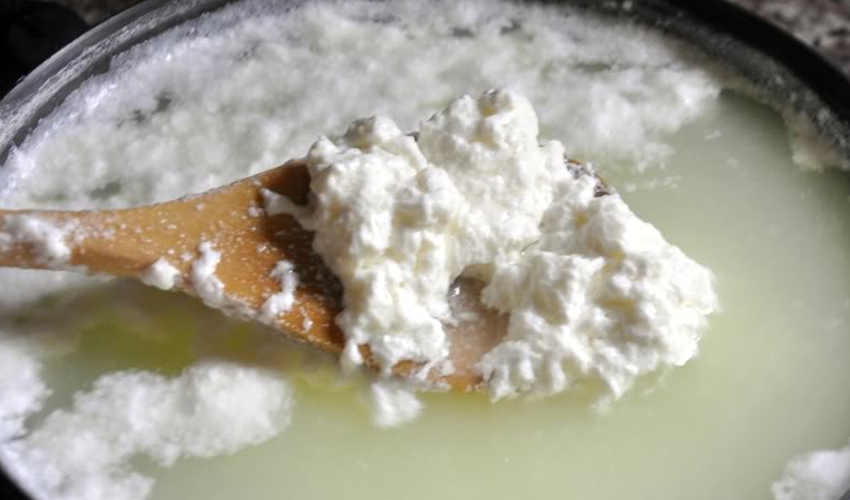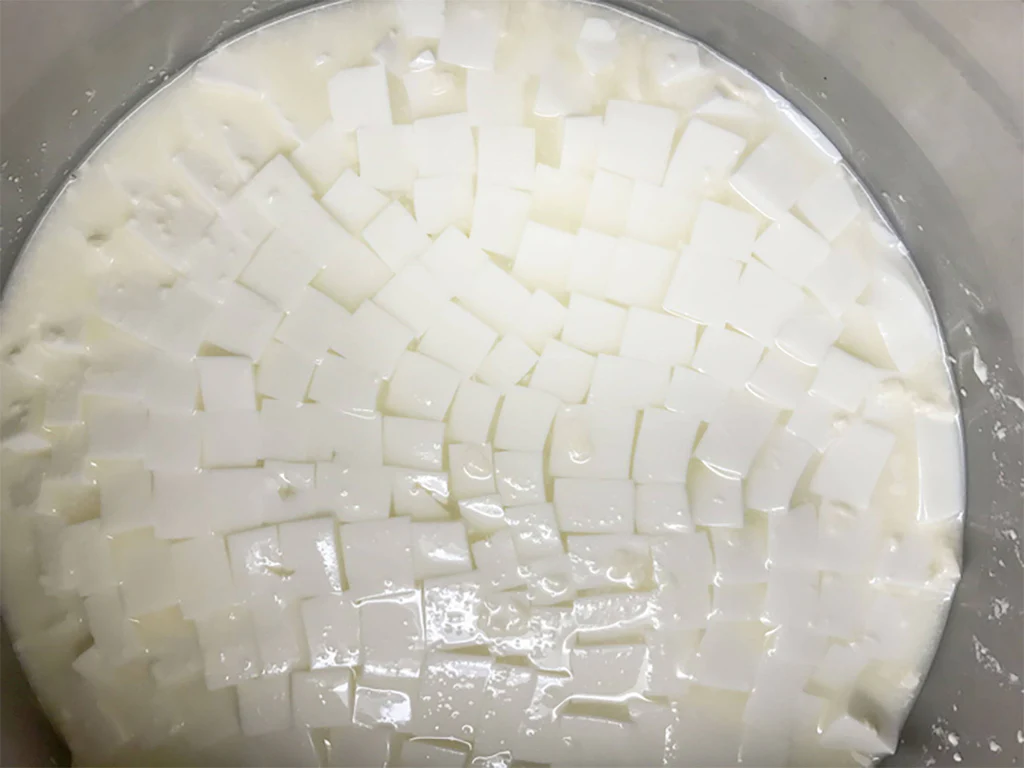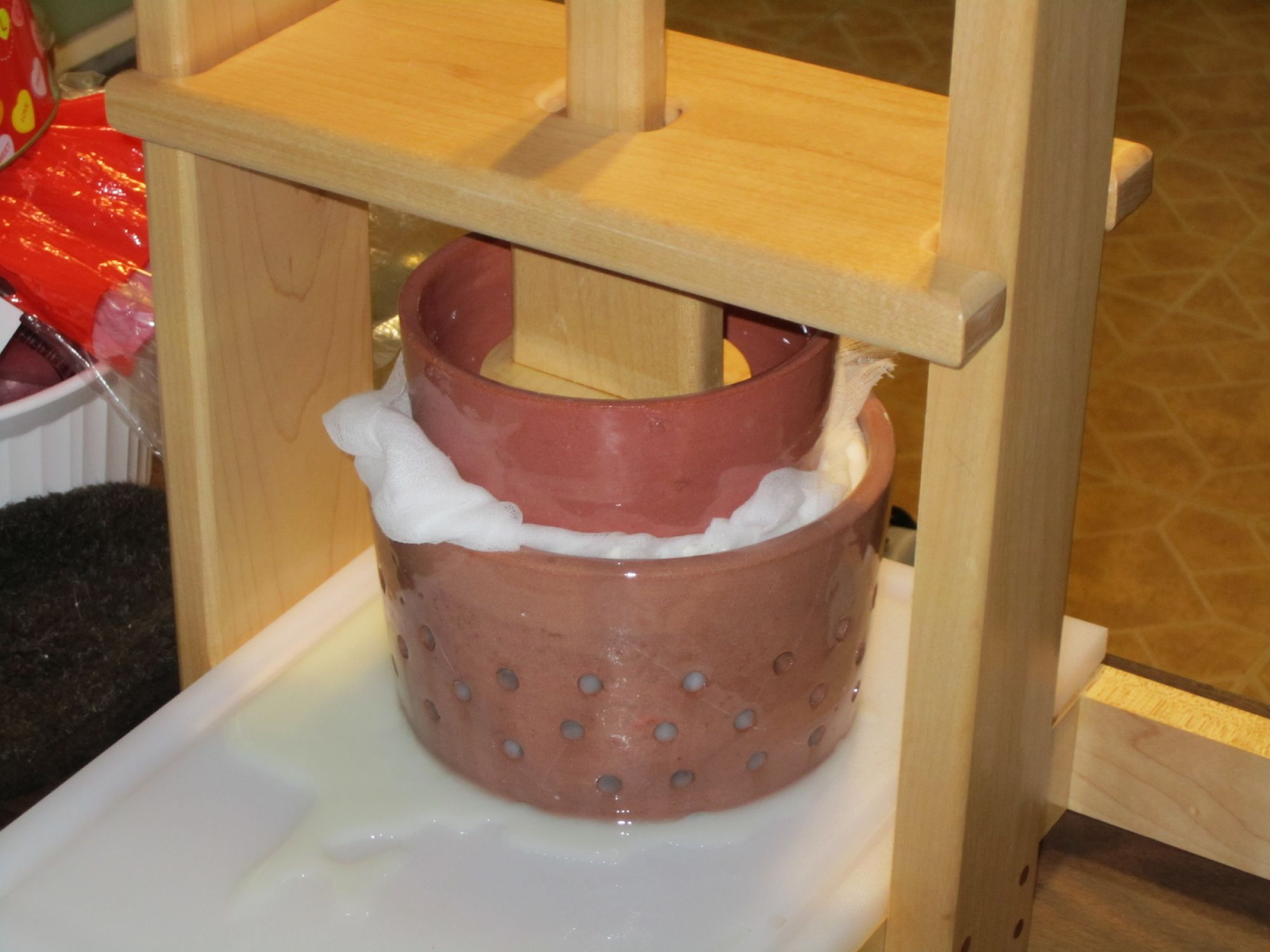High-quality cheese is made through a labour-intensive process that includes standardising milk, then coagulating, chopping, heating, draining, salting, moulding, and finally ageing it. The quality and flavour of the finished cheese depend on each step in the production process. Cheesemakers must carefully monitor and regulate each stage to maintain consistency and uniformity.
Introduction
Making cheese is easy and fun with the right ingredients and equipment. Cheese is a concentrate of milk (which contains fat and casein). The cheese manufacturing process involves ten steps: acidification, coagulation, separating curds from the whey, salting, moulding, ageing, and packaging. Keep scrolling to learn more about the production process of cheese.
Did You Know? 'Pule' is the world's most expensive cheese made from Serbian donkey milk. According to reports, a kilogram of this cheese costs upwards of ₹80,000.
Which Substance Is Used to Produce Cheese?
- Cheese manufacturing uses raw materials, bacterial cultures, and rennet.
- Cheesemaking uses raw or pasteurised milk as the main ingredient.
- There are different types of cheese based on ingredients and cheese processing.
- Cheese production determines how processed cheese and rennet cheese are classified.
Also Read: How to Manufacture Butter: The Step-by-Step Process Explained
What is Cheese Made Of?
Is cheese made from milk? Although hundreds of cheese types exist, each with its unique texture and flavour, they all have one thing in common: milk. Even though all cheeses contain milk, the type varies from cheese to cheese.
Listed below are some of the most popular milk types used in cheese making:
1. Cow's Milk
Most cheese is made from cow's milk. Due to its high fat and protein content, cow's milk is widely available and offers optimal nutrition. Cow's milk cheeses include Cheddar, Swiss, and Gouda.
2. Sheep's Milk
Because sheep's milk is so high in lactose, most people do not consume it as a beverage. However, it makes an excellent cheese base. Feta, manchego, Roquefort and petit basque are famous sheep's milk cheeses.
3. Goat's Milk
A tasty goat's milk cheese has a distinctive tangy flavour. In French, goat's milk cheese is called chèvre. The French Bucheron and Le Chevrot are other examples of goat's milk cheeses.
4. Buffalo Milk
Despite its rarity, buffalo milk is the traditional choice for mozzarella in cheesemaking. Cow's milk is the most common ingredient in mass-produced mozzarella today.
Regional speciality cheese is made of even more obscure milk types. Caracane is a South African cheese produced from camel's milk. Cheese can be made from horse milk and yak milk.
How is Cheese Made?
Cheesemaking is a natural process involving artisans known as fromagers or cheesemakers. Listed below are 10 essential steps to cheesemaking.
- Milk Preparation
- Making the Milk Acidic
- Milk Curdling
- Cutting the Curd
- Curd Processing
- Whey Draining
- Pressing the Cheese
- Adding Salt to Cheese
- Cheese Shaping
- Ageing Cheese
10 Important Steps in the Manufacturing Process of Cheese
Here is a closer look at how cheese is made, starting with milk and ending with the finished product.
Step 1: Milk Preparation
Milk must be "perfect" since it's the show's star to make cheese perfect. "Perfect" will vary depending on the cheese, so cheesemakers typically begin by processing their milk however they see fit to standardise it. It may involve manipulating protein-to-fat ratios.
It also often requires pasteurisation or mild heat treatment. It helps the starter cultures grow faster if the milk is heated to kill organisms that could spoil the cheese. Cooling heat-treated or pasteurised milk to 90°F is necessary before adding starter cultures.

Step 2: Making Milk Acidic
Starter cultures are added to milk to acidify it in the next step of cheese making. Bacteria can grow in milk and make it sour. Modern cheesemaking standardises milk souring instead of letting it happen naturally.
Starters and nonstarters acidify milk. After 90°F, it must remain there for approximately 30 minutes as it ripens. The milk pH drops during this ripening process, and the cheese's flavour develops.

Step 3: Milk Curdling
Since milk is still liquid, cheesemakers must manipulate its texture at this point. There is also a natural way to curdle milk. It is true that some nursing animals, such as calves, kittens and piglets, produce the renin enzyme in their stomachs to aid in the digestion of their mother's milk. By controlling the process, cheesemakers achieve the same results.
Today, cheesemakers typically use rennet, the lab-made equivalent of natural rennin, to curdle milk. Para-kappa-casein is formed by rennet inactivating kappa casein. Essentially, it produces curds, which are coagulated lumps of milk. During solid curd formation, whey remains a liquid by-product.

Step 4: Cutting the Curd
Once the curds and whey mixture separate and ferment, it reaches a pH of 6.4. In the cheesemaking vat, the curd must thicken at this point. Cheesemakers use long curd knives to get to the vat bottom to cut through the curds. Cutting the curd allows it to separate even more.
Curds are usually broken up by crisscrossing vertical, horizontal, and diagonal cuts by cheesemakers. After cutting the curds, their size can affect the cheese's moisture content. A moist cheese results from larger curd chunks, whereas a dry cheese results from smaller curd pieces.

Step 5: Curd Processing
Cutting curds prepares them for processing. There are several ways to do this, such as cooking the curds, stirring the curds, or both. All this processing separates curds from the whey. Curd processing releases moisture, and acidification continues. Cooking and stirring the curds will dry the cheese.
Washing curd is another way to process it at this stage. During washing, water replaces the whey. This affects the cheese's flavour and texture. In addition to being more elastic, washed curd cheeses have a mild flavour. Havarti, Gouda and Swedish fontina are all examples of washed curd cheeses.
Also Read: 10-Step Manufacturing Process of Your Favourite Chocolates [Key Ingredients Listed]
Step 6: Whey Draining
Now that the curd and whey have sufficiently separated, it's time to remove all the whey. It involves draining the whey from the vat and leaving the solid curd chunks behind. The pieces could be large or small, depending on the cut of the curd. All the whey should now be drained from the curd, resulting in an extensive mat.
Some cheesemakers let the whey drain naturally. Moulds and presses can help cheesemakers produce harder cheeses with lower moisture content. Compression is possible to release more whey by compressing the curd.

Step 7: Pressing the Cheese
A large slab of curd should form after draining the whey. It may be necessary to dry the curd further for some cheeses. Cheddaring is the term used to describe this process. The cheesemaker stacks individual slabs of curd after cutting them into sections. It is possible to force out more moisture by stacking slabs.
Cheesemakers repeat this process periodically by cutting up and restacking curd slabs. It also produces a denser, more crumbly cheese texture due to whey removal. During cheddaring, fermentation also occurs. It should eventually reach a pH of 5.1 to 5.5. Once the curd is ready, the maker will mill it into smaller pieces.

Step 8: Salting
In its final form, the curd resembles cheese. At this point, cheesemakers can add flavour by salting or bringing the cheese. Alternatively, the cheese can be submerged in brine or sprinkled with dry salt. Brine is used to soaking cheeses, such as mozzarella. Dry cheeses will be salted.
Some cheeses have flavour added in other forms. Garlic, horseradish, paprika, habaneros, and cloves are among the spices that find their way into cheese.
Besides dill, basil, chives, and rosemary, cheese can also contain herbs—cheesemakers flavour cheese in various ways. However, many kinds of cheese are enhanced with salt to intensify their natural flavours.

Step 9: Cheese Shaping
The cheese is ready to shape now that no additional ingredients need to be added. The final product takes shape. Curd remains soft and malleable even after moisture draining. Cheesemakers can create standardised forms by pressing curd into moulds.
The mould can be in the form of a basket or a hoop. A basket mould has one open end, while a hoop mould has no bottom, so it wraps around the sides only.
Regardless of the method, the ground curd mixture is packed into the mould and left to solidify for a fixed period. Moulds of this type are usually rectangular or round.
Step 10: Ageing Cheese
Ageing is finished in some cheeses but continues in others. A controlled, cool environment is ideal for ageing. Molecular changes affect cheese flavour and harden as it ages.
In general, ageing takes a few days to several years. Occasionally, mould develops on cheese, giving it a distinct colour and flavour. Consumers can finally enjoy cheese after it ages.

Conclusion
Making cheese is a fascinating and intricate process that includes numerous crucial processes. Each step, from choosing the best milk to ageing the cheese, is essential to producing a high calibre and flavour product.
The procedures described here give a fundamental overview of cheesemaking. Still, they can be tailored and changed to produce a vast range of cheese varieties, each with a distinctive flavour and texture. Now you learnt about how cheese is prepared, what cheese is made of and the ten processes in cheese production.
You can buy cheese by the wedge, in whole wheels, in blocks, or as entire wheels. The taste of your favourite cheese is likely to be enhanced when you know how much care, time, and effort it took.
Follow Khatabook to know salaries, income taxes, and GST information for micro, small, and medium enterprises (MSMEs).

